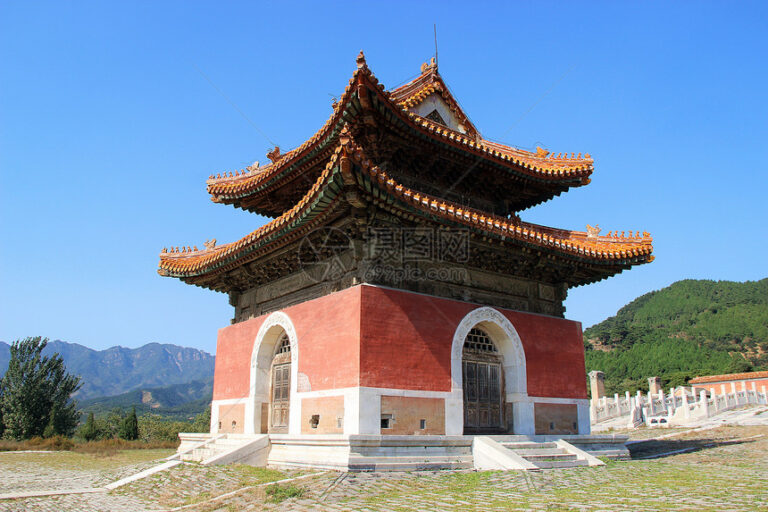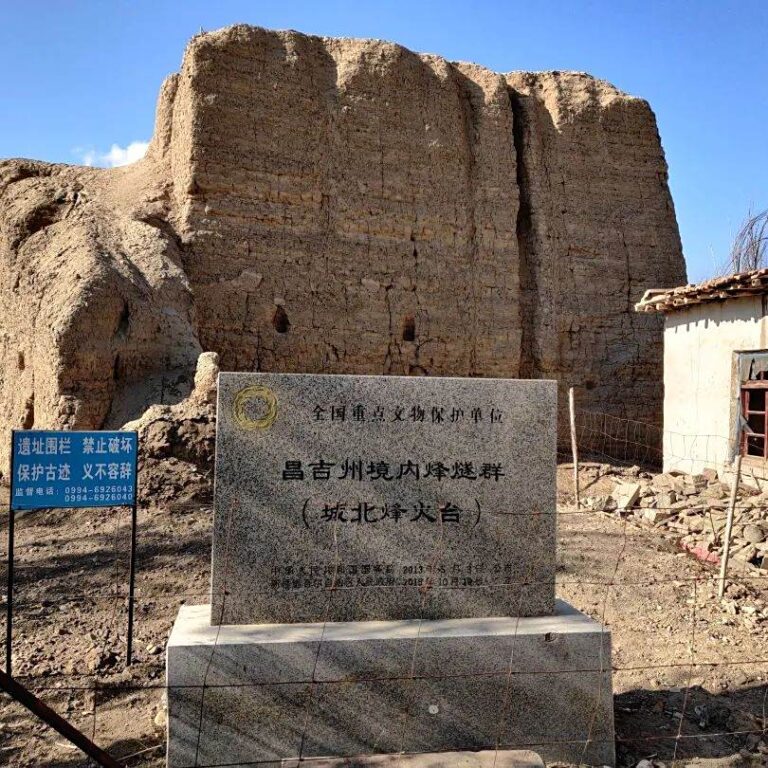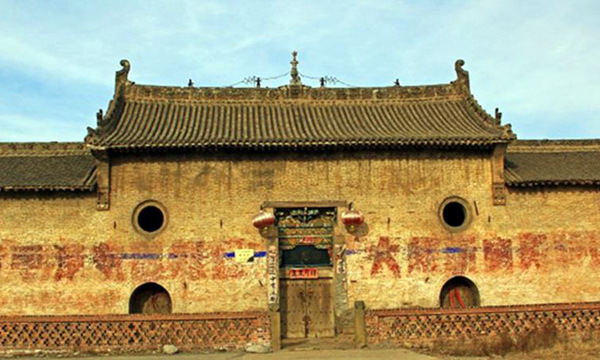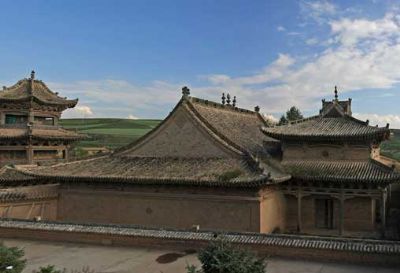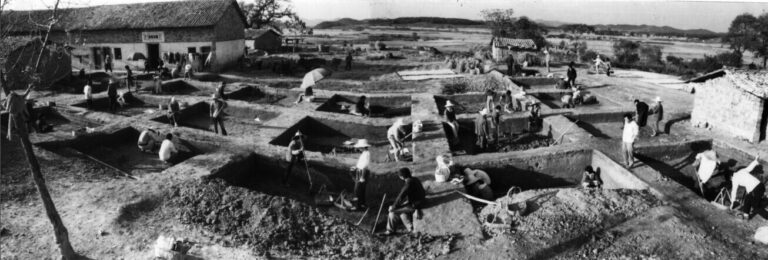Unveiling Chongqing Guominzhengfu Waijiaobu Jiuzhi: A Journey Through Time
An Essential Guide to Visiting Chongqing Guominzhengfu Waijiaobu Jiuzhi
In This Guide
- An Essential Guide to Visiting Chongqing Guominzhengfu Waijiaobu Jiuzhi
- The Rich History of Chongqing Guominzhengfu Waijiaobu Jiuzhi
- Main Highlights: What to See at Chongqing Guominzhengfu Waijiaobu Jiuzhi
- Planning Your Visit: A Practical Guide
- Tickets, Hours, and Booking
- How to Get There
- Local Cuisine and Accommodation
- Frequently Asked Questions
- Final Thoughts on Your Trip
Nestled in the heart of Chongqing, the Guominzhengfu Waijiaobu Jiuzhi—also known as the Former Ministry of Foreign Affairs of the Nationalist Government—stands as a poignant reminder of the city’s pivotal role during a turbulent chapter in Chinese history. As one of the key sites from the era when Chongqing served as the wartime capital, this historic building offers visitors a unique glimpse into the complexities of diplomacy, culture, and resilience that defined the period of the Second Sino-Japanese War.
Chongqing, often referred to as a “mountain city,” is renowned for its breathtaking landscapes and rich cultural heritage. During the 1930s and 1940s, it emerged as a bustling hub for international collaboration, hosting a multitude of foreign embassies and military offices. The Guominzhengfu Waijiaobu Jiuzhi, with its blend of Western and Chinese architectural styles, encapsulates the spirit of an era marked by resilience and determination.
Exploring the site provides an opportunity not just to admire its architectural beauty, but to engage with the stories of the countless diplomats, military officials, and ordinary citizens who navigated the challenges of war and diplomacy within its walls. From high-stakes negotiations to grassroots efforts of support, the history etched into the very bricks of this building serves as a testament to the enduring human spirit in times of crisis.
As you step into this historic site, you will embark on a journey through time, where echoes of the past resonate in the present. Join us in uncovering the rich tapestry of Chongqing’s wartime legacy, and discover how the Guominzhengfu Waijiaobu Jiuzhi remains a significant landmark in understanding the city’s—and indeed, the nation’s—resilience and evolution.
The Rich History of Chongqing Guominzhengfu Waijiaobu Jiuzhi
Chongqing’s Guominzhengfu Waijiaobu Jiuzhi, or the former site of the Ministry of Foreign Affairs of the National Government, stands as a poignant reminder of China’s tumultuous journey during the 20th century. This historical edifice bears witness to a significant era when Chongqing served as the wartime capital of the Republic of China from 1937 to 1945, during the Second Sino-Japanese War.

Chongqing Guominzhengfu Waijiaobu Jiuzhi.
Constructed in the 1930s, the building was part of a broader effort by the Nationalist government to establish a robust administrative framework in Chongqing as it became the center of military and political operations against Japanese aggression. The site encapsulates the architectural style of the time, characterized by a blend of Western and traditional Chinese elements, reflecting the aspirations of a nation grappling with modernity amidst war.
The Ministry of Foreign Affairs played a crucial role in managing China’s diplomatic relations during one of its most challenging periods. Notably, it was here that key negotiations and alliances were forged, which would shape the course of China’s wartime strategy and post-war reconstruction. The building served as a hub for diplomats and military leaders from various countries, underscoring Chongqing’s significance as an international meeting point during the war.
As the war raged on, the Ministry facilitated communication with foreign powers and coordinated efforts to garner support against the Japanese invasion. High-profile visits by international dignitaries and military figures highlighted the building’s importance in the geopolitical landscape of the time. It was also a venue for discussions that would impact not only China’s future but also regional stability in East Asia.
After the war, the fate of the building mirrored the shifting political tides in China. It was repurposed for various uses, reflecting the evolving nature of Chongqing’s identity as it transitioned from a wartime capital to a city in the new People’s Republic of China. Today, the site has been preserved as a cultural heritage landmark, inviting visitors to explore its historical significance and the narratives of resilience and diplomacy that unfolded within its walls.

Chongqing Guominzhengfu Waijiaobu Jiuzhi.
Visitors to Guominzhengfu Waijiaobu Jiuzhi can immerse themselves in the rich historical context of Chongqing during the Republic of China era, gaining insights into the complexities of Chinese diplomacy and the broader international relations of the time. The site stands not only as a testament to the past but also as a symbol of the enduring spirit of a city that has weathered the storms of history.
Main Highlights: What to See at Chongqing Guominzhengfu Waijiaobu Jiuzhi
Chongqing Guominzhengfu Waijiaobu Jiuzhi, the former site of the National Government’s Ministry of Foreign Affairs, offers a fascinating glimpse into the city’s pivotal role during the Sino-Japanese War and its status as a wartime capital. Here are the key highlights to explore during your visit:
-
Historical Significance: This site serves as a critical reminder of Chongqing’s importance as the temporary capital of China during the Second Sino-Japanese War. It housed crucial diplomatic activities and international relations, making it a focal point for wartime governance and foreign diplomacy.
-
Architectural Charm: The building exemplifies a blend of Chinese and Western architectural styles typical of the Republic era. Its brick-and-wood structure features elegant design elements, such as decorative eaves and spacious corridors, reflecting the era’s aesthetic sensibilities.
-
Cultural Exhibits: Visitors can engage with various exhibitions that detail the history of the National Government’s diplomatic efforts during the war. These displays provide context to the building’s former functions and its significance in fostering international cooperation against Japanese aggression.
-
Beautiful Surroundings: The site is surrounded by lush gardens and scenic views, offering a peaceful atmosphere that contrasts with the historical weight of the location. It’s an ideal spot for a reflective stroll, allowing visitors to absorb the ambiance of this historically rich area.
-
Access to Other Historical Sites: Located near other significant landmarks, such as the International Village and the Jialing River, the Ministry of Foreign Affairs site serves as an excellent starting point for a broader exploration of Chongqing’s rich history during the Republican era.
-
Guided Tours: To enhance your experience, consider joining a guided tour. Knowledgeable guides can provide deeper insights into the stories and events that unfolded within these walls, bringing the past to life in a way that self-guided tours may not capture.
By visiting Chongqing Guominzhengfu Waijiaobu Jiuzhi, you’ll not only broaden your understanding of China’s wartime history but also appreciate the architectural beauty and cultural heritage that this site represents.
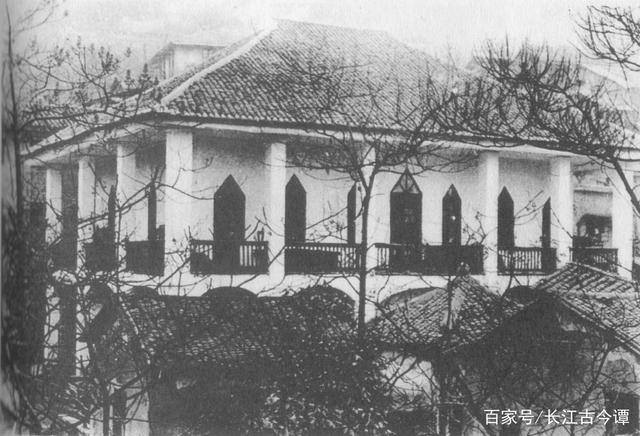
Chongqing Guominzhengfu Waijiaobu Jiuzhi.
Planning Your Visit: A Practical Guide
When planning your visit to the Chongqing Guominzhengfu Waijiaobu Jiuzhi, also known as the Former Ministry of Foreign Affairs of the National Government, it’s essential to have a practical understanding of what to expect and how to navigate the area effectively. This guide will help you make the most of your experience.
Getting There
Location: The Former Ministry of Foreign Affairs is situated in the bustling Yuzhong District of Chongqing, which is accessible via various modes of transportation.
- Public Transport: You can take the metro to the nearest station, typically a short walk from major attractions. Be sure to check the latest metro maps.
- Buses: Numerous bus routes service the area. Look for buses heading towards the Yuzhong District and inquire about stops near the Guominzhengfu site.
- Taxi or Ride-Hailing Services: For convenience, taxis and ride-hailing apps like Didi are widely available. Just type in your destination, and a ride will be at your door in minutes.
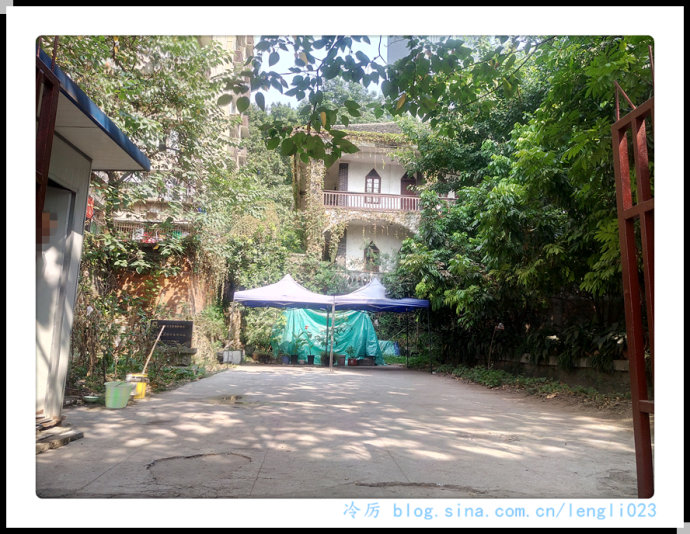
Chongqing Guominzhengfu Waijiaobu Jiuzhi.
Opening Hours
The site usually operates from 9:00 AM to 5:00 PM. It’s advisable to arrive early to avoid crowds, especially during weekends and holidays. Always check ahead for any special closures or events that may affect visiting hours.
Admission Fees
Entry to the Former Ministry of Foreign Affairs is generally free of charge, making it an excellent option for budget-conscious travelers. Some guided tours may have fees, so verify local listings for any special offerings.
What to Expect
As you explore the site, you’ll encounter a rich tapestry of history intertwined with stunning architecture. The building reflects the architectural styles of the Republic of China era, showcasing both Western and Chinese influences.
- Guided Tours: Consider joining a guided tour for in-depth historical insights. Knowledgeable guides can provide context that enhances your understanding of the building’s significance during the Second Sino-Japanese War.
- Exhibits: Inside, you can expect various exhibits detailing the role of the Ministry during a tumultuous period in Chinese history. Displays may include artifacts, photographs, and documents that narrate the story of the National Government and its diplomatic efforts.
Nearby Attractions
Make the most of your trip by visiting other historical sites in the vicinity. Here are a few recommendations:

Chongqing Guominzhengfu Waijiaobu Jiuzhi.
- Li Zi Ba Anti-Japanese War Site Park: Just a short walk away, this park features several memorials and remnants from World War II.
- Three-Layer Road (San Ceng Lu): A well-known street brimming with local shops and eateries, perfect for experiencing the local culture.
- Eling Park: Offers stunning views of the Yangtze River and Chongqing’s skyline, providing a scenic break from your historical exploration.
- Chongqing Friendship Museum: This museum highlights the cooperation between the United States and China during World War II, complementing your visit to the ministry.
Tips for Visitors
- Wear Comfortable Shoes: The area is hilly, and you’ll likely be doing a fair amount of walking. Comfortable footwear will enhance your experience.
- Stay Hydrated: Bring a water bottle, especially if you plan to explore the surrounding parks and streets.
- Check the Weather: Chongqing is known for its humid subtropical climate. Be prepared for rain in the summer months and dress comfortably in layers during winter.
- Respect the Site: As a historical location, maintain a respectful demeanor and follow any posted guidelines or rules.
Cultural Etiquette
Understanding local customs can enhance your visit. Here are a few key points:
- Language: While some locals speak English, learning a few basic Mandarin phrases can go a long way in enhancing your interactions.
- Photography: Always ask for permission before taking photos of people, especially in residential areas. Some indoor exhibits may also have restrictions.
By following this practical guide, you’ll not only navigate the Former Ministry of Foreign Affairs with ease but also enrich your understanding of Chongqing’s historical significance. Enjoy your journey through history!
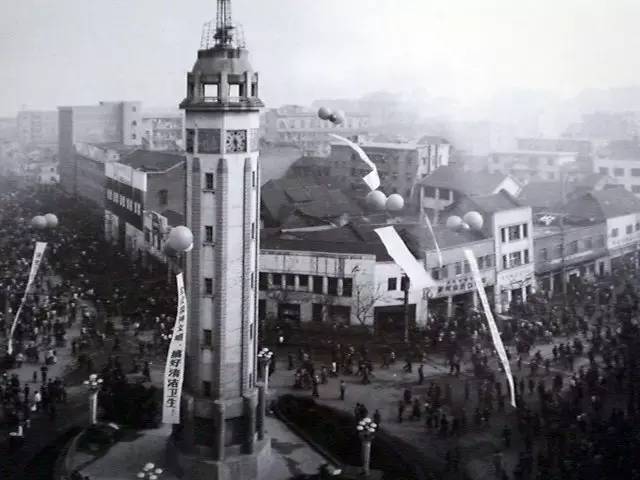
Chongqing Guominzhengfu Waijiaobu Jiuzhi.
Tickets, Hours, and Booking
When planning your visit to the Chongqing Guominzhengfu Waijiaobu Jiuzhi, it’s essential to know the ticketing details to ensure a smooth experience. Here’s what you need to know:
Ticket Information
-
Admission Fee: The entrance to the Chongqing Guominzhengfu Waijiaobu Jiuzhi is free of charge, allowing visitors to explore this significant historical site without any cost.
-
Opening Hours: The site is open to the public from 9:00 AM to 5:00 PM, with the last entry at 4:30 PM. It’s advisable to visit early to fully enjoy the exhibits and the surrounding area.
-
Guided Tours: While self-guided exploration is welcomed, guided tours are available for a more in-depth understanding of the site’s historical significance. These tours typically require advance booking, so check the official website or contact the visitor center for details.
-
Accessibility: The site is designed to be accessible to all visitors, including those with mobility challenges. Ramps are available, and assistance can be provided upon request.
-
Photography: Visitors are encouraged to take photos; however, please respect any areas where photography may be restricted, especially during special exhibitions or events.
-
Visitor Amenities: Basic amenities, including restrooms and seating areas, are available on-site. There are also informational brochures in multiple languages to assist international visitors.
-
COVID-19 Precautions: As of the latest updates, visitors are encouraged to wear masks and maintain social distance. Hand sanitizers are provided at various locations throughout the site.
Before your visit, it’s a good idea to check the official website or local tourism resources for any updates regarding special events, temporary closures, or changes in operating hours. Enjoy your journey through this fascinating piece of Chongqing’s history!
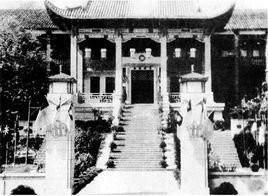
Chongqing Guominzhengfu Waijiaobu Jiuzhi.
How to Get There
When planning your visit to the Chongqing Guominzhengfu Waijiaobu Jiuzhi (国民政府外交部旧址), it’s essential to consider the various transportation options available to navigate this historic area effectively. Chongqing, known for its mountainous terrain and unique urban layout, offers several modes of transportation that can enhance your exploration of the city’s rich history. Here’s a comprehensive guide to getting around.
Public Transport
Metro:
The Chongqing Metro is an efficient way to reach the vicinity of the Guominzhengfu Waijiaobu Jiuzhi. The nearest metro station is Lianglukou Station on Line 1, which provides easy access to the central districts. Once you exit the metro, you can either walk or take a local taxi to reach your destination.
Buses:
Chongqing’s extensive bus network covers most areas, including stops near historical sites. Look for buses heading towards Jiefangbei or Zhongshan Fourth Road. Bus stops will typically have signboards in both Chinese and English, making it easier for international visitors to navigate. Remember that buses can be crowded, especially during peak hours.
Taxis and Ride-Sharing
Taxis are readily available throughout the city, making them a convenient option for direct transportation. You can easily hail one on the street or use a ride-hailing app like Didi Chuxing, which is widely used in China. Be sure to have your destination written in Chinese to show the driver, as not all taxi drivers speak English.
Walking
Walking is perhaps the most enjoyable way to experience the historical architecture and vibrant culture surrounding the Guominzhengfu Waijiaobu Jiuzhi. The area is pedestrian-friendly, with well-marked paths and numerous historical buildings to explore. The scenic routes often lead to charming cafés and local shops, allowing for a leisurely experience.

Chongqing Guominzhengfu Waijiaobu Jiuzhi.
Unique Local Transport
Monorail:
For a unique experience, consider taking the Chongqing Monorail, which offers stunning views of the cityscape as it glides through the hills. The nearest station is Liangjiang New Area, and from there, you can transfer to a taxi or continue walking to your destination.
Stairways and Slopes:
Be prepared for Chongqing’s steep hills and stairways, which are characteristic of the city. Wearing comfortable shoes is advisable, as you may find yourself climbing steps or navigating through narrow pathways. This aspect adds to the charm of your journey, as many historical sites are just a few steps away from each other.
Accessibility
While the main roads and metro stations are generally accessible, some historical sites may have limited access for those with mobility challenges. It’s advisable to check ahead regarding specific site accessibility or to seek assistance from local resources if needed.
Final Tips
- Download a Navigation App: Apps like Baidu Maps or Google Maps can be invaluable for navigating the city and finding nearby attractions.
- Language Assistance: Having a translation app or a phrasebook can help communicate with locals, especially when asking for directions.
- Plan Your Route: Before setting out, consider your itinerary and familiarize yourself with the public transport schedules and routes to maximize your time exploring.
By utilizing these transportation options, you’ll be well-equipped to delve into the history of the Chongqing Guominzhengfu Waijiaobu Jiuzhi and enjoy all that this vibrant city has to offer.
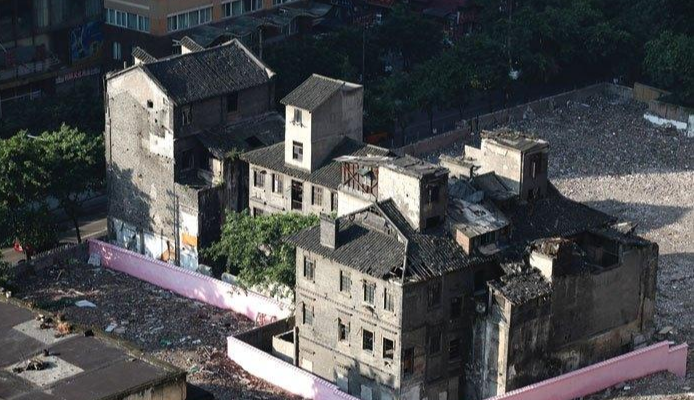
Chongqing Guominzhengfu Waijiaobu Jiuzhi.
Local Cuisine and Accommodation
When visiting the historic site of Chongqing Guominzhengfu Waijiaobu Jiuzhi, also known as the former Ministry of Foreign Affairs of the Nationalist government, travelers can delve into the rich tapestry of the city’s culinary scene and find comfortable accommodations nearby. Here’s a curated guide to help you make the most of your experience in this vibrant region.
Dining Recommendations
1. Hot Pot at Xibei Huo Guo (西北火锅)
No trip to Chongqing is complete without indulging in its iconic hot pot. Xibei Huo Guo offers a traditional hot pot experience with a variety of broths, fresh ingredients, and, of course, the famous spicy dipping sauce. The restaurant’s cozy atmosphere makes it a perfect spot for social dining with friends or family.
2. Yangrou Chuan (羊肉串) at Yangrou Chuan Wang (羊肉串王)
For a quick and delicious bite, head to Yangrou Chuan Wang, known for its expertly grilled lamb skewers. The smoky flavor combined with a sprinkle of cumin and chili powder creates a mouth-watering treat that is a local favorite.
3. Chongqing Noodles at Hongyadong Noodle House (洪崖洞面馆)
Located near the picturesque Hongyadong area, this noodle house is famous for its spicy Chongqing noodles. The dish is served with a generous portion of toppings, including minced pork, peanuts, and pickled vegetables, making it a hearty meal after a day of exploring.
4. Traditional Dim Sum at Jiu Yi Lou (九一楼)
For those looking for a taste of local cuisine, Jiu Yi Lou offers a delightful array of traditional dim sum. The setting is elegant, making it ideal for a leisurely brunch or family gathering. Don’t miss their steamed buns and dumplings, which are both visually appealing and scrumptious.

Chongqing Guominzhengfu Waijiaobu Jiuzhi.
5. Dessert at Ciqikou Sweet Shop (磁器口甜品店)
After a day of sightseeing, treat yourself to something sweet at one of the many dessert shops in Ciqikou Ancient Town. Try the traditional Chongqing sweet rice balls filled with sesame or red bean paste, a perfect end to your culinary adventure.
Accommodation Suggestions
1. The Westin Chongqing Liberation Square
For a luxurious stay, The Westin offers modern amenities with stunning views of the Yangtze River. Located just a short distance from the historical sites, this hotel features a spa, fitness center, and several dining options that highlight local flavors.
2. Sofitel Chongqing Yangqiang
This elegant hotel combines French luxury with local culture, providing a unique experience. Its prime location offers easy access to both the historical sites and the vibrant nightlife of Chongqing. Guests can enjoy beautifully designed rooms and a rooftop bar with panoramic views of the city.
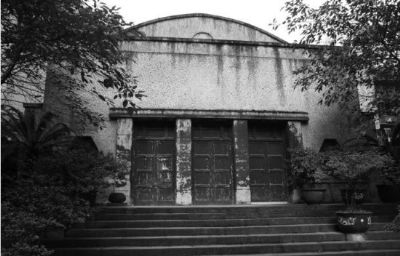
Chongqing Guominzhengfu Waijiaobu Jiuzhi.
3. Hotel Nikko Chongqing
Ideal for business and leisure travelers, Hotel Nikko is known for its impeccable service and comfortable accommodations. The hotel features spacious rooms, an extensive breakfast buffet, and convenient access to the city’s public transport, making it easy to explore the area.
4. Chongqing Jinhai Hotel
If you’re looking for a more budget-friendly option, Chongqing Jinhai Hotel provides clean and comfortable rooms without breaking the bank. Its central location makes it a great base for exploring the city’s historical attractions.
5. Backpacker Hostel
For those traveling on a tighter budget, consider staying at one of the many hostels in the area. The Chongqing Lazybones Hostel, for example, offers a friendly atmosphere, communal spaces for socializing, and easy access to public transport. It’s a great way to meet fellow travelers and share local experiences.
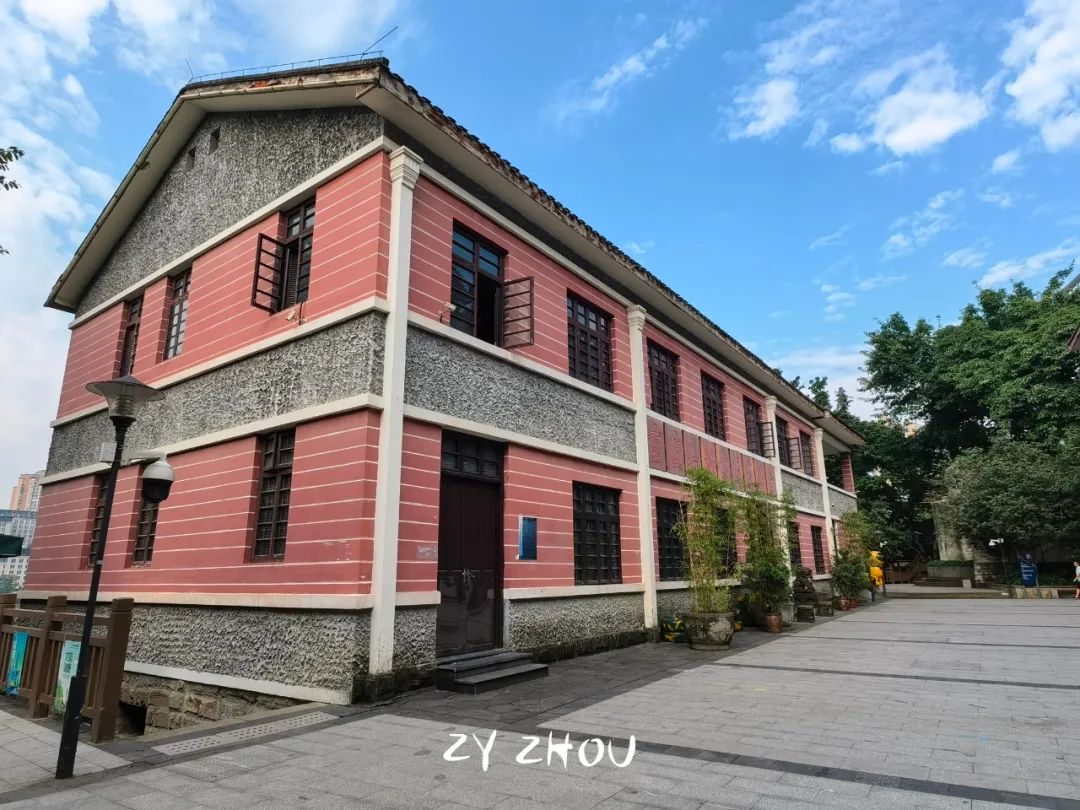
Chongqing Guominzhengfu Waijiaobu Jiuzhi.
With a delightful array of dining options and comfortable accommodations, your visit to Chongqing Guominzhengfu Waijiaobu Jiuzhi will surely be a memorable one. Enjoy the rich flavors and cultural heritage that this vibrant city has to offer!
Frequently Asked Questions
-
What is the Chongqing Guominzhengfu Waijiaobu Jiuzhi?
The Chongqing Guominzhengfu Waijiaobu Jiuzhi, or the former site of the Ministry of Foreign Affairs of the National Government, is a historical building located in Chongqing, China. It served as a diplomatic hub during the World War II era when Chongqing was the wartime capital of China. -
How can I get to the site?
The site is accessible via public transport, including buses and the nearby metro stations. It is situated in the Yuzhong District, which is a central area of Chongqing, making it easy to reach from various parts of the city. Taxis and ride-sharing services are also convenient options. -
What are the opening hours?
The Chongqing Guominzhengfu Waijiaobu Jiuzhi typically opens from 9:00 AM to 5:00 PM daily, but it is advisable to check for any changes in hours or special closures, especially during public holidays. -
Is there an admission fee?
Yes, there may be a nominal admission fee to enter the site. However, certain days or special events may offer free entry. It’s best to verify current prices on the official website or at the entrance. -
Are guided tours available?
Guided tours are available for visitors who want a more in-depth understanding of the historical significance of the site. It is recommended to book in advance, especially during peak tourist seasons. -
What can I expect to see during my visit?
Visitors can explore the architecture that reflects both Chinese and Western influences, view historical exhibits related to Chongqing’s role during the Second Sino-Japanese War, and learn about the diplomatic activities that took place here. -
Is the site wheelchair accessible?
Yes, the Chongqing Guominzhengfu Waijiaobu Jiuzhi is designed to be accessible to all visitors, including those using wheelchairs. However, there may be some areas with limited access due to the historical nature of the building. -
What nearby attractions should I consider visiting?
After visiting the site, consider exploring other nearby historical landmarks such as the Chongqing People’s Hall, the Great Hall of the People, and the Jiefangbei Pedestrian Street, all of which provide rich cultural experiences and insights into Chongqing’s history.
Final Thoughts on Your Trip
As you conclude your journey through the historical landscape of Chongqing’s Guominzhengfu Waijiaobu Jiuzhi, you will find that the echoes of the past resonate powerfully within the walls of its preserved buildings. Each structure tells a story, from the grand visions of wartime diplomacy to the intimate narratives of resilience and community that flourished amidst adversity. This exploration not only deepens your understanding of Chongqing’s pivotal role as the wartime capital but also illuminates the rich tapestry of interactions between nations during a time of great turbulence.
Wandering through the streets where diplomats once walked and decisions that shaped history were made, you gain a unique perspective on the enduring spirit of the people who lived here. The blend of architectural styles reflects the cultural exchanges that have taken place, underscoring Chongqing’s significance as a meeting point of East and West.

Chongqing Guominzhengfu Waijiaobu Jiuzhi.
Embrace the opportunity to immerse yourself in this vibrant history, as each visit to these sites is not just a glimpse into the past, but also a reminder of the values of peace, collaboration, and unity that continue to resonate in our world today. Whether you are a history buff, an architecture enthusiast, or simply a curious traveler, the legacy of Chongqing invites you to reflect on the lessons of history while inspiring hope for the future.
